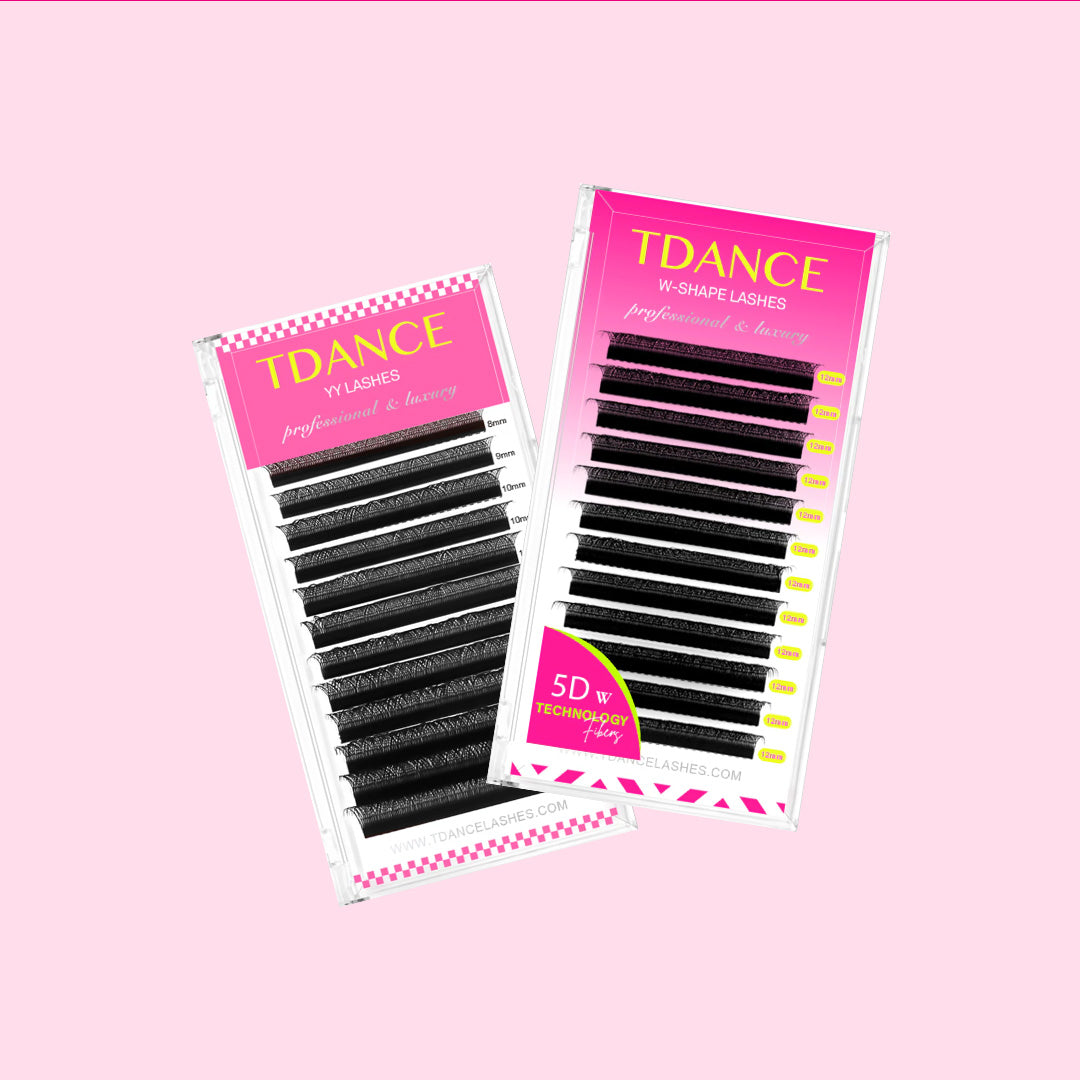Common Mistakes Eyelash Grafting Artists Make and How to Avoid Them
Eyelash grafting, also known as eyelash extensions, has become a popular beauty treatment to enhance the appearance of natural lashes. However, as with any skill-based service, even experienced professionals can make mistakes. Whether you're a lash artist or just starting out, it's essential to understand the common errors in the eyelash grafting process and how to avoid them to ensure high-quality results and happy clients. In this blog, we'll explore some of the most frequent mistakes and provide tips to help you refine your craft.
1. Incorrect Lash Selection
One of the most common mistake make is choosing the wrong type or length of false lashes for their clients. Every client has a unique eye shape and natural lash length, and using lashes that don't match can lead to an unnatural or even unflattering look.How to Avoid It:
- Always assess your client's eye shape, lash length, and thickness before selecting extensions.
- Offer a variety of lash styles (e.g., classic, volume, Russian, or hybrid) to cater to different preferences.
- Test a few lashes on the client's eye to ensure proper alignment and length.
2. Improper Adhesive Application
The adhesive used in eyelash grafting is crucial for the longevity and safety of the treatment. Applying too much or too little glue can result in poor adhesion, discomfort, or even allergic reactions.How to Avoid It:
- Use high-quality, medical-grade adhesive specifically designed for eyelash extensions.
- Apply a small, precise amount of glue to the base of each false lash to avoid over-saturation.
- Ensure the glue dries completely before pressing the lash onto the natural lash to prevent slipping.
3. Poor Lash Alignment
Misaligned lashes can make the final result look clumpy or uneven. This happens when false lashes are not properly positioned relative to the natural lash line.How to Avoid It:
- Take your time to align each false lash with the natural growth direction of the client's lashes.
- Use a magnifying lamp or mirror to ensure precision and symmetry.
- Avoid applying lashes too close to the root or too far from it, as this can disrupt the natural look.

4. Overloading Natural Lashes
Applying too many false lashes or attaching them too close together can put excessive strain on natural lashes, leading to breakage or even permanent damage.How to Avoid It:
- Follow the "one-to-one" rule: attach one false lash to one natural lash for a natural and safe result.
- Space the lashes evenly to avoid overcrowding.
- Be mindful of the client's natural lash density and avoid overloading.
5. Improper Curl and Arc
False lashes come in different curl levels (e.g., J, C, S, etc.), and selecting the wrong curl can make the lashes look unnatural or uncomfortable for the client. How to Avoid It:
- Choose a curl that matches the client's natural lash curve and eye shape.
- Test the curl on the client's eye to ensure it complements their features.
- Avoid forcing a curl that doesn't suit the client, as it can lead to unnatural results.
6. Neglecting Proper Aftercare Instructions
Even the most skilled grafting engineercan make a mistake if they don't educate their clients on how to care for their lash extensions post-treatment. Without proper aftercare, lashes can fall out prematurely or cause discomfort.How to Avoid It:
- Provide detailed aftercare instructions, including how to clean, avoid water, and use lash serums.
- Encourage clients to avoid rubbing their eyes or using heavy makeup remover near the lash line.
- Offer follow-up appointments to touch up any fallen lashes and ensure the extensions remain in good condition.
7. Not Considering Client Comfort
Eyelash grafting can be an uncomfortable process, especially if the client has sensitive eyes or lashes. Ignoring their comfort can lead to negative feedback or even loyal clients avoiding your services.How to Avoid It:
- Use hypoallergenic adhesives and products to minimize irritation.
- Keep the process as quick and pain-free as possible.
- Reassure your clients and check in with them during the process to ensure they're comfortable.

8. Mishandling Natural Lashes
Natural lashes are delicate and can be easily damaged during the grafting process if not handled with care. Over-tugging, pulling, or using harsh tools can lead to breakage or thinning.How to Avoid It:
- Use gentle tools and techniques to avoid putting unnecessary strain on natural lashes.
- Trim natural lashes carefully, if needed, to maintain their health and strength.
- Avoid using hot tools or excessive heat near the lash line.
9. Inconsistent Length and Thickness
Inconsistent lash lengths or thicknesses can make the final result look uneven or unprofessional.How to Avoid It:
- Measure and cut each false lash to match the client's natural lash length.
- Sort lashes by thickness and length before starting the process to ensure uniformity.
- Double-check your work as you go to maintain consistency.
10. Lack of Hygiene and Sterilization
Improper hygiene during the grafting process can lead to infections or allergic reactions, which can harm your reputation and client trust.How to Avoid It:
- Sterilize all tools and equipment before each service.
- Wash your hands thoroughly and use disposable gloves if necessary.
- Avoid reusing lash extensions or adhesives, as this can spread bacteria.
Conclusion
Eyelash grafting is an art that requires precision, patience, and attention to detail. By avoiding these common mistakes, you can elevate your skills, provide a better client experience, and deliver stunning, natural-looking results. Always prioritize client comfort, use high-quality products, and stay updated on the latest techniques to ensure your services remain in demand. Happy grafting!






